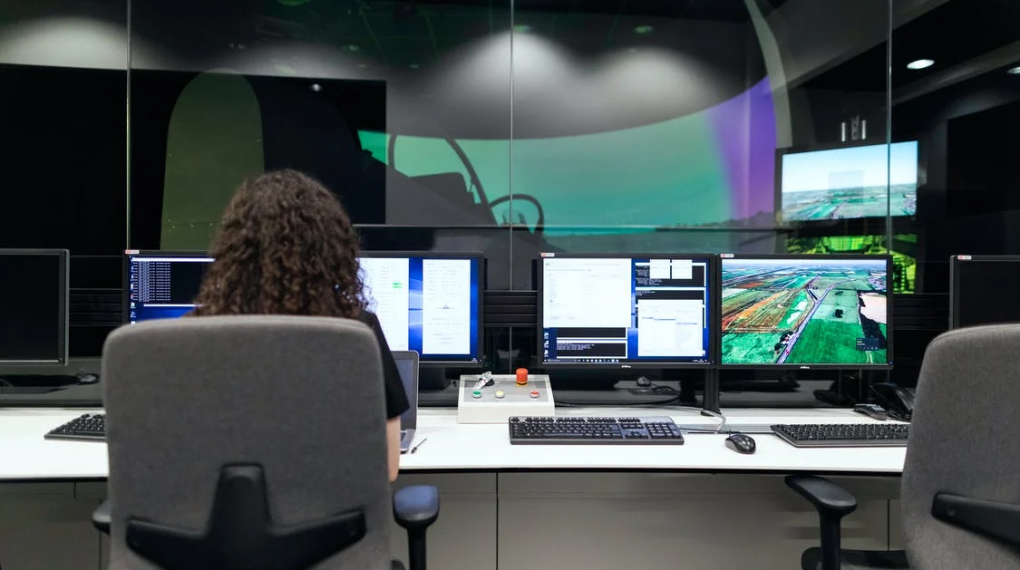
Most companies appreciate the value of automated testing. When carrying out these tests, it’s vital to understand the costs and the benefits that will accrue to decide the appropriate coverage level for your software product. Automated testing is very different from manual testing.
In automated testing, the testing process is usually carried out by tools, while in manual testing, scripts are written and tested by humans. Due to this, the latter is less effective, and you cannot detect as many bugs as possible as humans are prone to errors.
The use of tools in automated testing leads to more test coverage than manual testing because the testers have limited ability in terms of speed.
There are relatively more types of automation testing that you can perform for your software product, like functional testing or unit testing. On the other hand, the number of manual testing processes is relatively few.
Here are different ways automated testing reduces the IT department’s costs and increases productivity.
1. It reduces the number of testers
Automated testing reduces the number of testers a company should hire and improves manpower utilization. The tools designed for the testing process can cover a lot of test cases than testers. If the number of testers is reduced and the overall efficiency of their utilization improves, you will save more on the amount meant to pay the human labor.

You will also save on purchasing tools and other equipment for use by the testers. In the manual testing process, you have to ensure that each tester has the correct tools. That means you have to incur additional costs for the whole testing process. With automated testing, things are different. A single tool can do multiple tasks, saving on the company’s expenditure on tools.
2. Faster development and delivery
Faster development and delivery ensure that updates about the software product are released on time. The longer the testing process, the more resources you will spend on the whole process.
You might even have to add outsourced employees, for which you have to bear high costs. This is certainly not the best way to carry out your operations. Companies improve their long-term profitability by ensuring that tests are completed rapidly and run repeatedly.
In other words, you don’t have to wait for long to perform the same tests all over again. You can get done with multiple test cases in a few hours and save on the company’s costs. Faster development and delivery are usually characterized by a short software development cycle, frequent releases, and faster market delivery.
3. More accurate tests
The more accurate the results, the more time you will save. You don’t have to spend too much time correcting errors. This consumes a lot of company resources and time. It also hampers the rate of the production process as testers must find a solution to the existing bugs before continuing further.
With automated testing, there are more accurate results due to the use of various sophisticated tools. These tools are designed with great accuracy and are less likely to result in errors when handled carefully.

The testing will go uninterrupted, which means you will increase the production process. Generated test cases will be more precise than those of the human testers. And this will eliminate the risk of failure for the test cases. You can unleash the potential of automation accuracy by working with artificial intelligence testing bots. These bots can perform exploratory better than most humans.
4. Early bug detection
Early bug detection saves a lot of the company resources and ensures that the production process goes without interruption. Debugging software failures takes time, and you can imagine spending all that time and failing to detect the bugs. This can be a total waste of the company’s resources. On the other hand, fixing a single bug takes time.
This doesn’t only involve the loss of revenue from the product failures caused by errors but also the profits lost when customers turn to your competitors for better software products. The earlier you detect the bug, the easier and cheaper you can fix it.
5. Increased test coverage
As stated in the second paragraph of the introduction, automated testing leads to increased test coverage. Then, how does this save on the cost of the IT department and lead to increased production? With automated testing, new features are added to the existing functionalities, and you have to ensure that the software product is free of bugs. The reuse of scripts in automated testing saves the IT department the cost of hiring a tester to write the scripts.

Increased test coverage means that the productivity of the testing process will increase. This testing process will guarantee that every part of the software application is effectively tested and new features integrated smoothly for the product’s overall functionality.
Conclusion
Automated testing reduces the IT department’s costs and increases productivity in several ways. It reduces the number of testers and results in faster development and more accurate results. You will also be able to detect bugs early and increase the test coverage. All these processes will lead to increased productivity and reduce the overall cost of the testing process.
Additionals:






